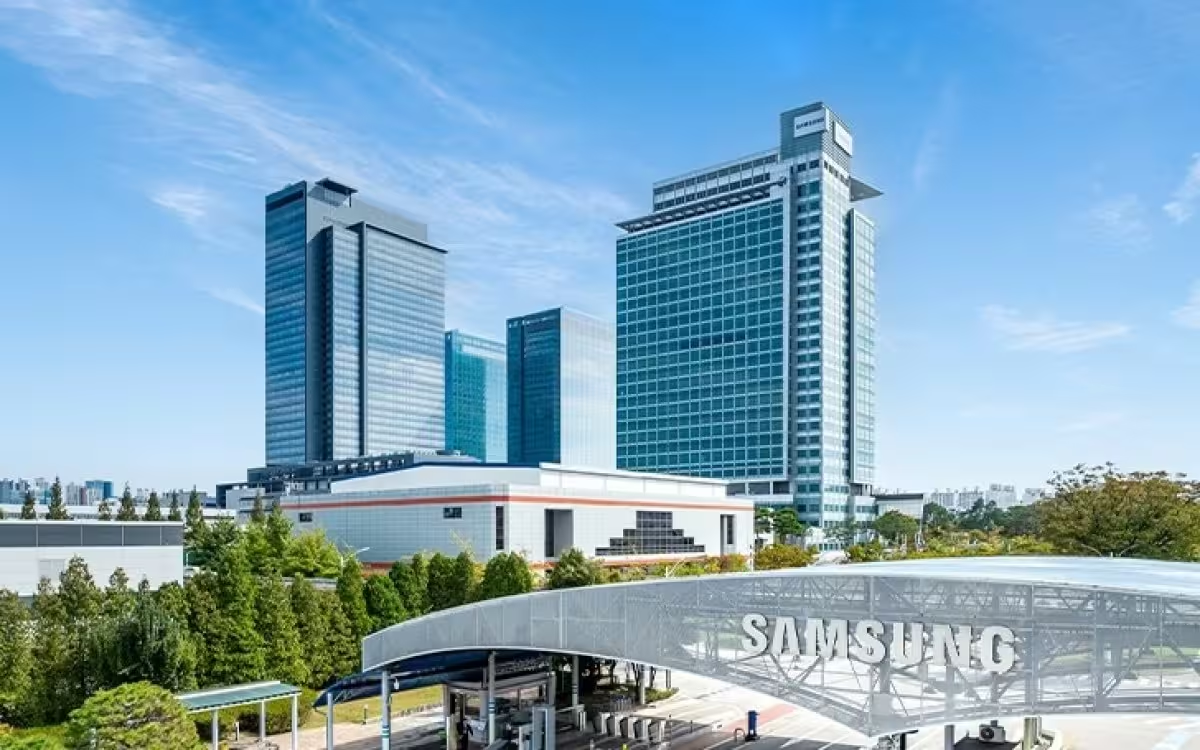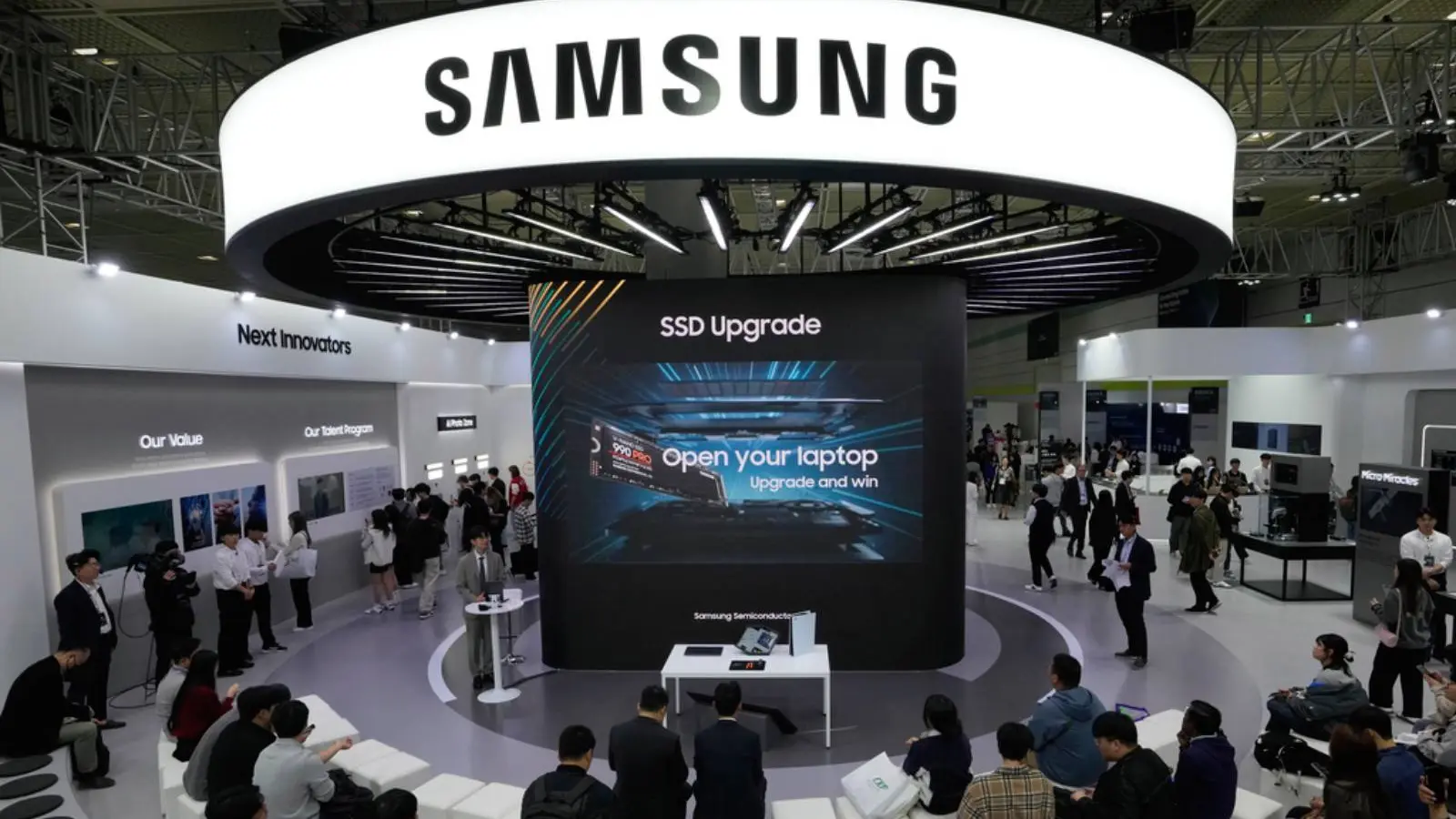2 Minutes
Samsung is signaling a strong quarter as the AI-driven demand for memory chips lifts both revenue and profit. The company’s Q3 guidance points to its best quarterly profit since 2022, underlining how the chip cycle and data center spending are reshaping the market.
Key numbers: revenue and profit on the rise
For the third quarter Samsung expects revenue of about KRW 86 trillion (roughly $60 billion) and operating profit near KRW 12.1 trillion (about $8.5 billion). That represents a 32% year‑on‑year increase in revenue and an 8.7% jump in profit — clear signs the ongoing AI boom is lifting the company’s semiconductor business.
Why chip prices are climbing
Memory prices have been on an upward trend in recent months. The surge is largely driven by stronger demand for DRAM and NAND used in AI accelerators and data centers. As enterprises and cloud providers scale up their AI infrastructure, higher memory consumption translates directly into better results for major suppliers like Samsung.
One caveat: HBM demand lagging expectations
Despite the overall uptick, Samsung notes that sales of advanced high‑bandwidth memory (HBM) chips — crucial for some AI workloads — have been slower than anticipated. HBM is a higher‑margin product, so any softness there could temper upside, even as DRAM and NAND remain robust.

What this means for the industry
- Stronger DRAM and NAND pricing suggests healthier margins for memory makers.
- Data center spending and AI training workloads are the main demand drivers.
- HBM adoption may take longer to accelerate, leaving a gap between expectation and reality.
Imagine major cloud customers continuing to expand AI training clusters — that scenario supports sustained demand for memory components. But if HBM uptake slows, chipmakers could see uneven gains across product lines. For now, Samsung’s guidance paints a positive picture: the company looks poised to benefit from the AI chip boom, even as it watches HBM trends closely.
Source: gsmarena


Leave a Comment